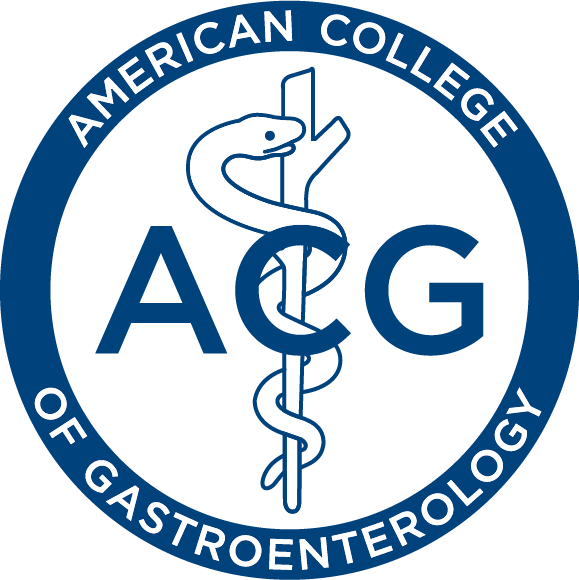Newswise — New treatment guidelines on the diagnosis and management of achalasia, a primary motor disorder of the esophagus, appear in the August issue of The American Journal of Gastroenterology.
The updated guidelines from the American College of Gastroenterology include an overview of the disease and highlight new recommendations for its diagnosis and management, based on evidence-quality evaluations in patients with achalasia, as well as a comprehensive review of the related evidence and examination of relevant published data.
The authors state that achalasia “is an incurable disease characterized by incomplete or absent relaxation of the LES and aperistalsis of the esophageal body. The symptomatic consequence of this motility disorder is the classic presentation of dysphagia to solids and liquids associated with regurgitation of bland undigested food or saliva.”
The guidelines address the importance of early diagnosis in patients displaying symptoms of achalasia. Lead author Michael F. Vaezi, MD, PhD, MSc, FACG, of Vanderbilt University Medical Center, noted that “by definition, an assessment of esophageal motor function is essential in the diagnosis of achalasia.” Chest pain during meals, difficulty swallowing, weight loss and even heartburn are associated symptoms that often lead to misdiagnosis of achalasia, mistakenly as GERD. Achalasia must be suspected in those with dysphagia to solids and liquids and in those with regurgitation unresponsive to an adequate trial of PPI therapy.
The guidelines also address the use of high-resolution esophageal manometry in the diagnosis of achalasia and its variant presentations. The authors have updated the approach to treating achalasia given recent outcome studies comparing pneumatic dilation and surgical myotomy as well as recommendations on long-term patient follow up.
“Surgical mytomy has shown excellent results in most patients and remains the surgery of choice, with more being done laparoscopically. The benefit of adding a fundoplication was demonstrated in a double-blind randomized trial comparing myotomy with versus without fundoplication. In this study, abnormal acid exposure on pH monitoring was found in 47 percent of patients without an antireflux procedure and 9 percent in patients that had a posterior Dor fundoplication,” Vaezi said.
He adds, “A subsequent cost–utility analysis based on the results of this trial found that myotomy plus Dor fundoplication was more cost effective than myotomy alone because of the costs of treating GERD.”
Patient follow up concludes the guidelines and is essential in those diagnosed with achalasia. The guidelines include short-term and long-term goals for follow up and discuss the management of treatment failures, whether endoscopy surveillance for cancer is recommended and include a treatment algorithm.
Dr. Vaezi reviewed strength of recommendations with the GRADE (Grading of Recommendations Assessment, Development, and Evaluation) system. The College uniquely employed this system to effectively link quality of evidence evaluations to clinical recommendations. These new ACG guidelines are the only achalasia guidelines currently available for physicians.
“We used the best available evidence and expert opinion to objectively measure our results. The GRADE system was used to measure the quality of evidence and the strength of recommendations,” said Dr. Vaezi.
To contact lead author Dr. Vaezi, Division of Gastroenterology, Vanderbilt University Medical Center, email: [email protected]
To access the guidelines visit: www.nature.com/ajg/ and select the August issue.
About the American College of GastroenterologyFounded in 1932, the American College of Gastroenterology (ACG) is an organization with an international membership of more than 12,000 individuals from 80 countries. The College is committed to serving the clinically oriented digestive disease specialist through its emphasis on scholarly practice, teaching and research. The mission of the College is to serve the evolving needs of physicians in the delivery of high quality, scientifically sound, humanistic, ethical, and cost-effective health care to gastroenterology patients. www.gi.org
About The American Journal of GastroenterologyThe American Journal of Gastroenterology is published on behalf of the American College of Gastroenterology by Nature Publishing Group. As the leading clinical journal covering gastroenterology and hepatology, The American Journal of Gastroenterology provides practical and professional support for clinicians dealing with the gastroenterological disorders seen most often in patients. Published with practicing clinicians in mind, AJG devotes itself to publishing timely medical research in gastroenterology and hepatology. The Co-Editors-in-Chief are William D. Chey, MD, AGAF, FACG, FACP of the University of Michigan and Paul Moayyedi, BSc, MB ChB, PhD, MPH, FRCP, FRCPC, FACG of McMaster University. # # #
MEDIA CONTACT
Register for reporter access to contact detailsCITATIONS
American Journal of Gastroenterology
